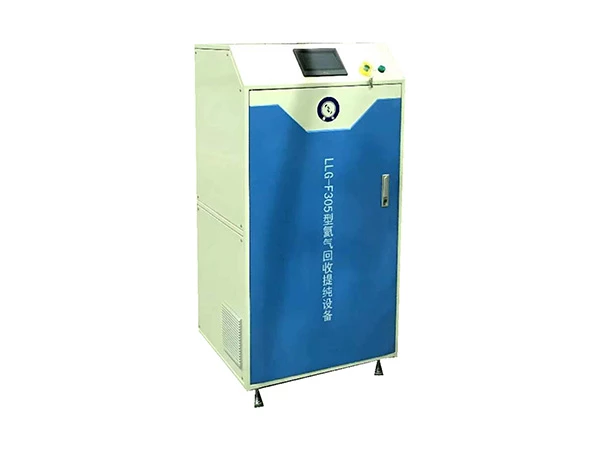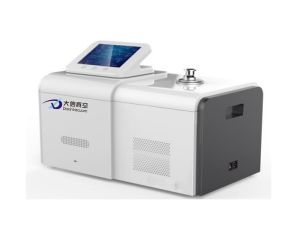Introduction
The helium leak detection system is a crucial tool used in various industries to ensure the integrity and reliability of vacuum chambers. This system operates by detecting and measuring the presence of helium gas, which is commonly used as a tracer gas due to its small molecular size and inert properties. In this article, we will delve into the analysis and practical application of data obtained from a helium leak detection system in a vacuum chamber.
Understanding the Data
The data collected from a helium leak detection system consists of measurements indicating the concentration of helium gas detected at different locations within the vacuum chamber. These measurements are typically presented in units such as parts per million (ppm) or cubic centimeters per second (cc/s). The data can be further categorized based on the specific location, time, or test conditions.
Data Analysis Techniques
2.1 Trend Analysis:
One of the primary analysis techniques involves analyzing the trend of leak rates over time. By plotting the leak rate data against time, it is possible to identify any significant changes or abnormalities, which may indicate potential leaks or fluctuations in chamber integrity. Trend analysis helps in monitoring the long-term performance and stability of the vacuum chamber system.
2.2 Spatial Analysis:
Spatial analysis involves examining the distribution of helium gas concentration across different locations within the vacuum chamber. By visualizing the data on a graphical representation of the chamber, engineers can pinpoint specific areas with higher helium concentrations, suggesting potential leak sources. This information can guide further investigation and maintenance activities.
2.3 Statistical Analysis:
Statistical techniques can be applied to helium leak detection data to determine the statistical significance of detected leaks, evaluate the probability of false alarms, and estimate the confidence level of leak detection results. Methods such as hypothesis testing, confidence intervals, and regression analysis can provide valuable insights into the reliability of the system and aid decision-making.
Practical Applications: 3.1 Leak Source Localization: Helium leak detection data can help identify the exact locations of leaks within the vacuum chamber. By combining spatial analysis and real-time monitoring, engineers can emphasize specific regions for repair or maintenance, minimizing downtime and optimizing resources.
3.2 Preventive Maintenance:
Regular analysis of helium leak detection data enables proactive maintenance planning. By identifying trends and patterns in leak rates, engineers can schedule maintenance activities to prevent the occurrence of major leaks and ensure continuous operation of the vacuum chamber system.
3.3 Quality Control:
Helium leak detection data plays a crucial role in quality control processes. By setting acceptable leak rate thresholds, manufacturers can ensure that their products meet stringent quality standards. Data analysis allows for the identification of any deviations from these predefined thresholds, enabling prompt action for rectification and process improvement.
Conclusion
The analysis and application of helium leak detection system data are essential for the reliable operation of vacuum chambers across various industries. By employing techniques such as trend analysis, spatial analysis, and statistical analysis, engineers can identify and localize leaks, plan preventive maintenance, and enhance quality control. The effective utilization of this data helps to maintain the integrity, reliability, and performance of vacuum chamber systems in industrial applications.








